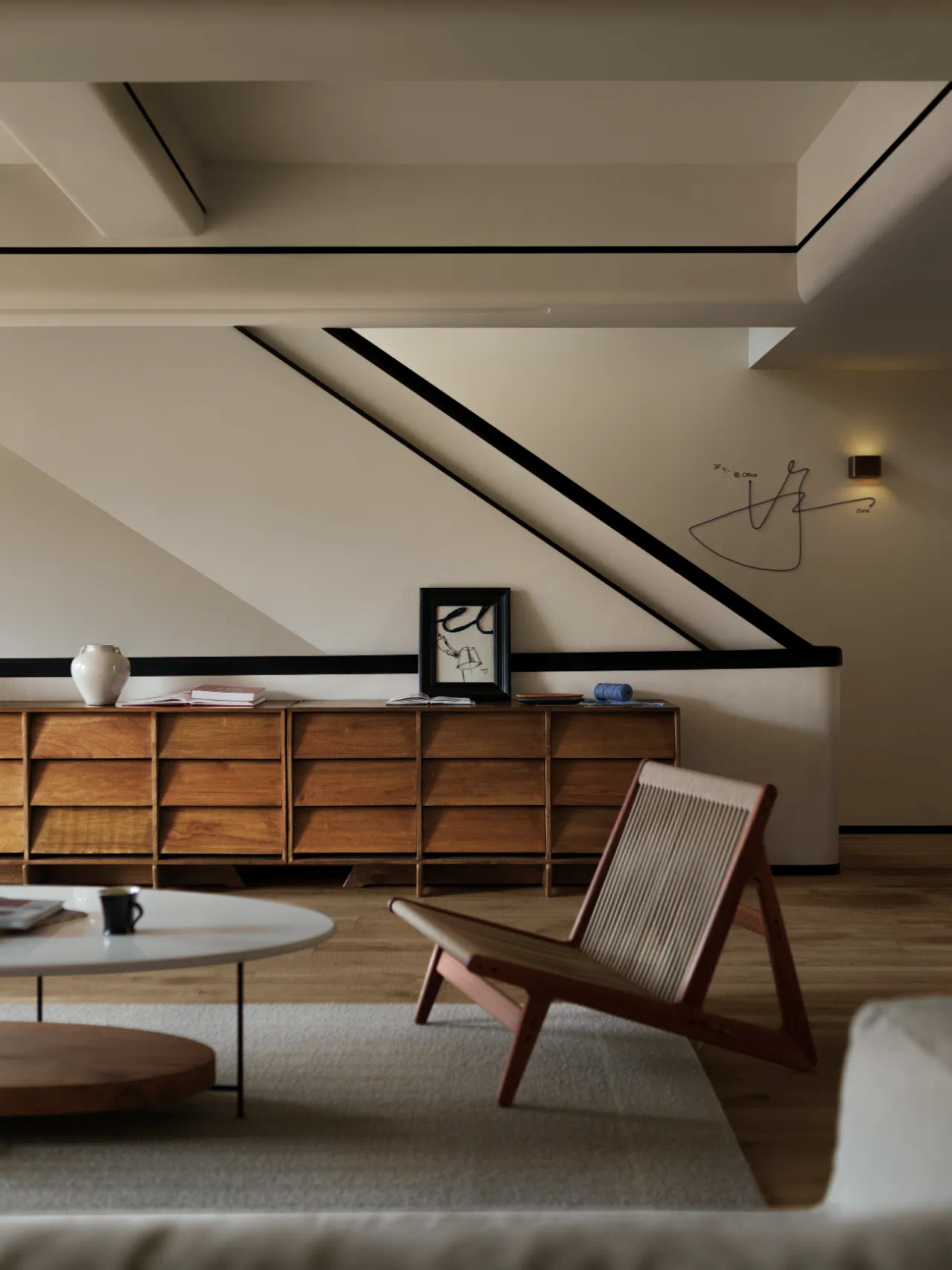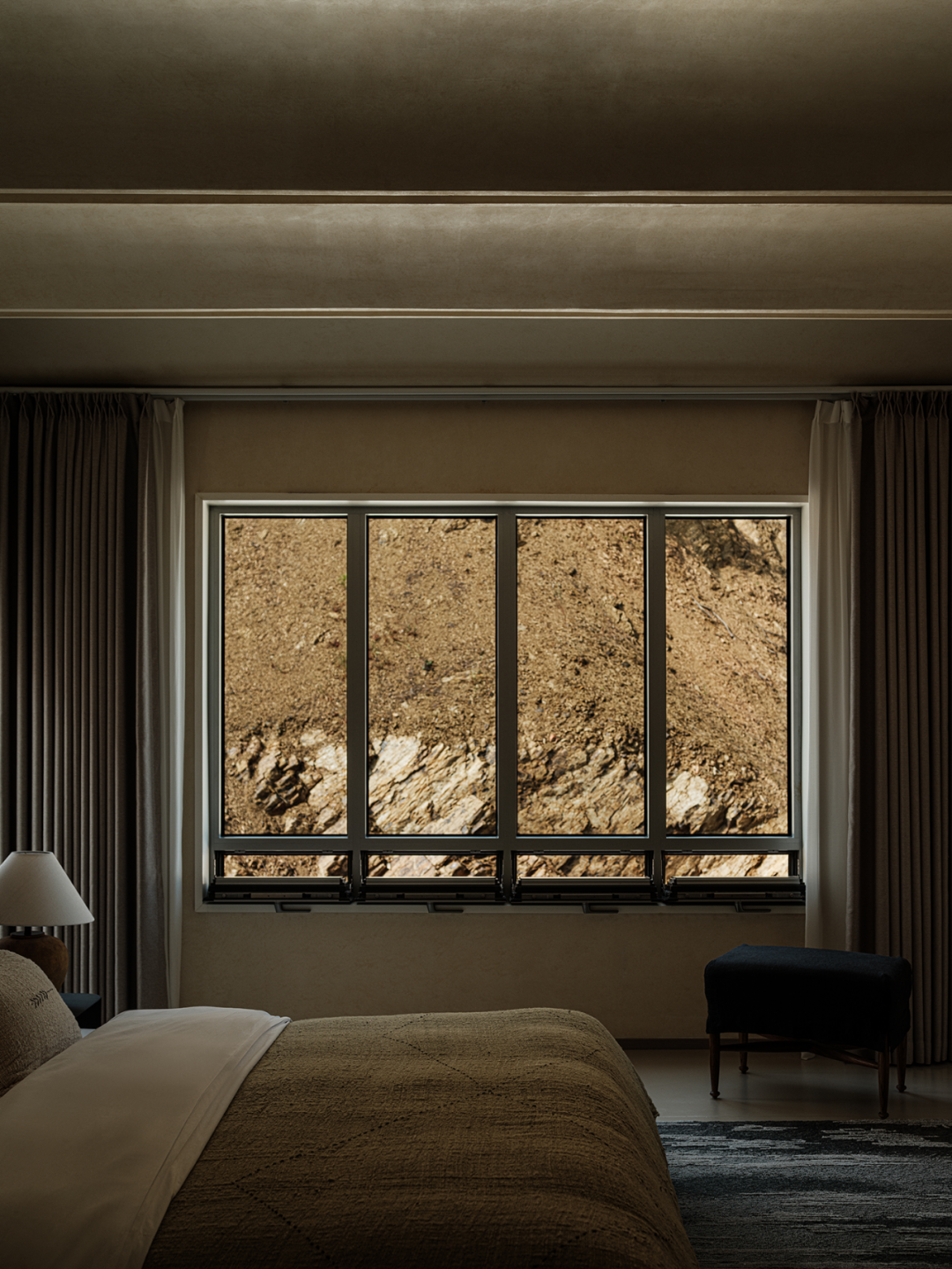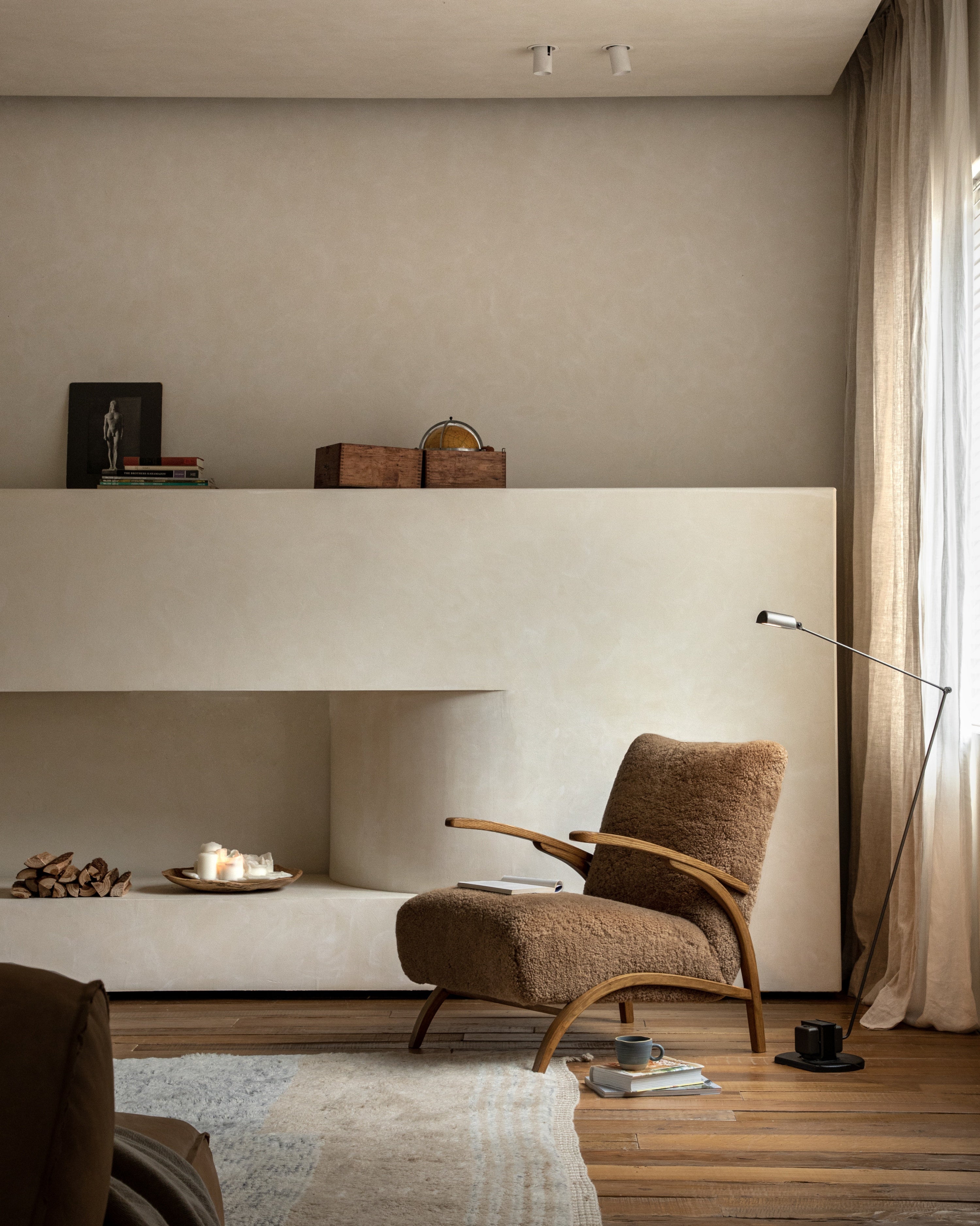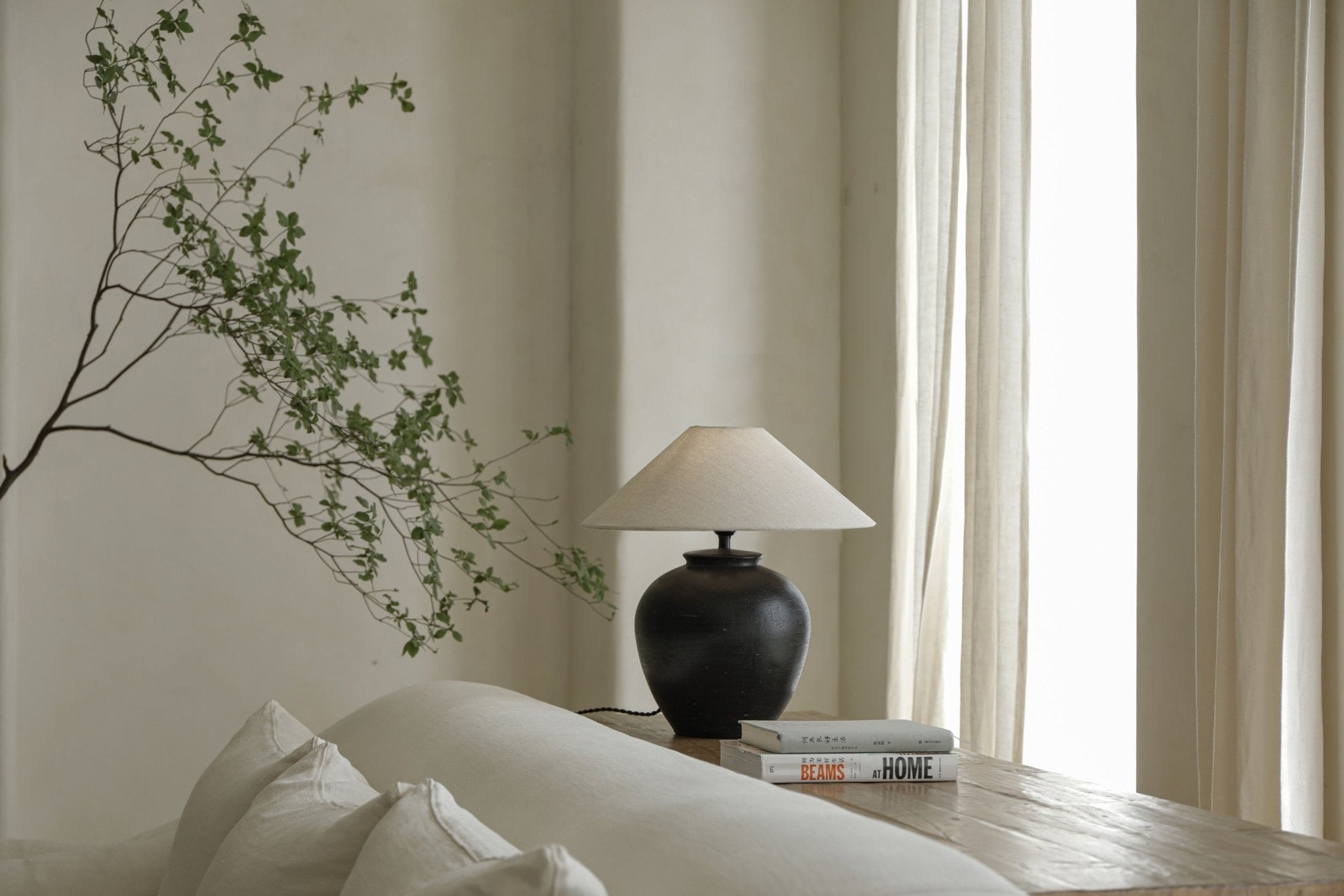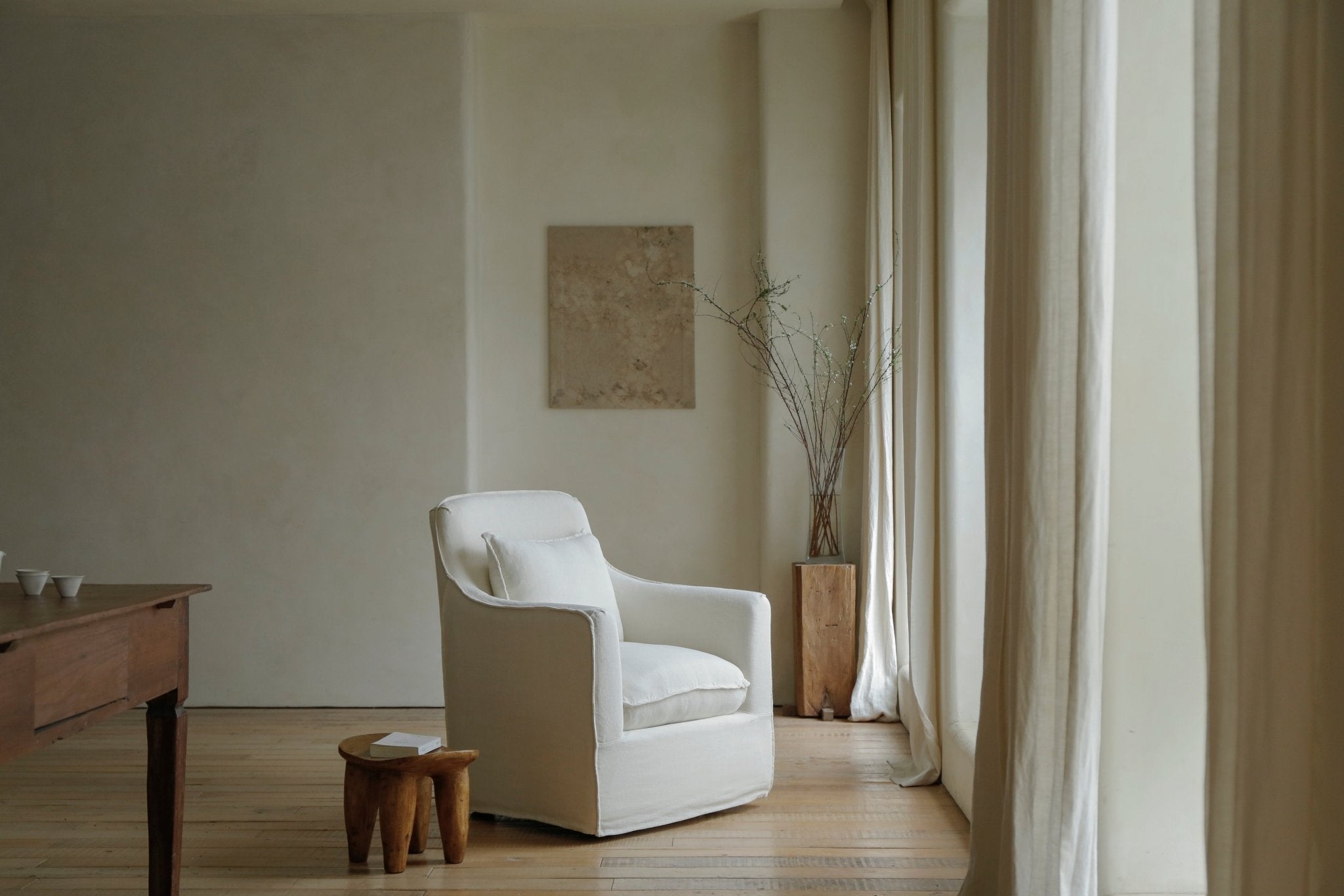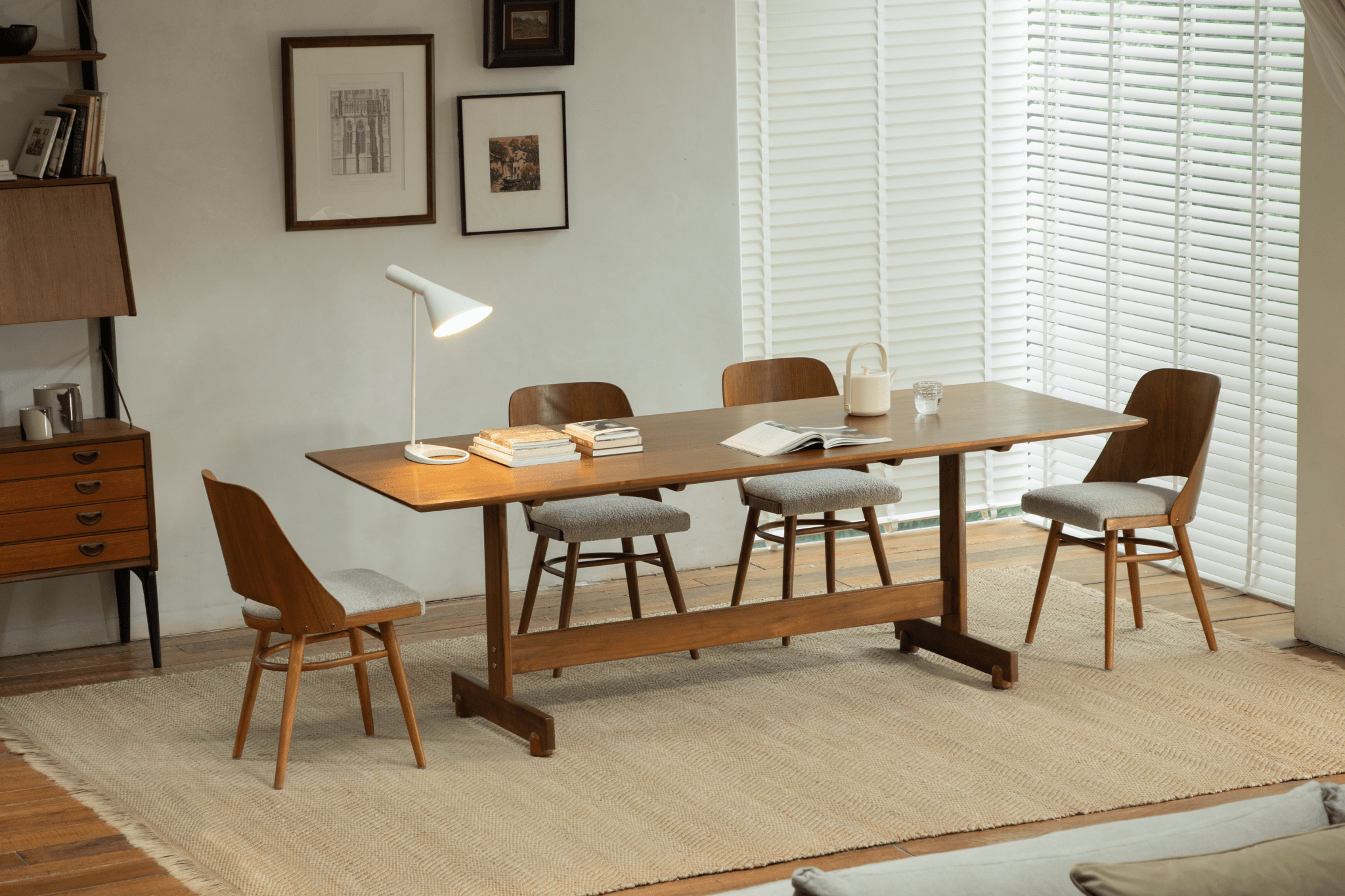
The Ultimate Guide to Pairing Dining Tables and Chairs Like a Pro
A dining room will feel complete if table and chairs harmonize well in style, proportion, and comfort. The choice of the appropriate combination affects both the appearance and daily use, creating an environment conducive for group activities and shared dining. Proper care for the dining room furniture will elevate the ambiance and use of the total space.
Understanding Dining Room Furniture and Style
Dining room furniture needs to reflect the style of the house, and at the same time, be functional. The table and chair style dictates the ambiance of the dining place. It also affects the level of comfort that people will experience when they use the furniture.
Modern Organic Design
Modern organic furniture combines basic shapes with natural appearances. Wood graining, smooth corners, and subtle colors create a warm and harmonious atmosphere. Use a wood dining table with softly curved chairs or fabric-covered chair seats. This maintains a polished and peaceful appearance.
Modern Minimalist Dining Table and Chair Ideas
Minimalist designs are straightforward and practical. Simple lines, plain colors, and little ornamentation allow the furniture to blend in with the room. Chairs with plain-backed and thin legs may be paired with a simple modern table. This makes the room feel open and not messy.

Traditional and Industrial Styles
Traditional dining furniture often has fancy details. The industrial kinds, however, utilize humble materials such as metal and reclaimed wood. A large wood table with coordinating metal or wood chairs will bring the room together. This will give it a solid and coordinated appearance.
Choosing furniture that matches the room's style is the first step that will create a well-balanced and functional dining area. Well-matched tables and chairs will create a cozier atmosphere in the room and will look better.
Dining Table and Chair Pairing Tips
Chair and table pairing calls for consideration of scale, proportion, and spacing. Proportioned furniture provides comfort and avoids a feeling of congestion or awkward space.
Matching Heights
- Standard dining tables are 72–75cm high.
- Chair seats usually range from 43–48cm, creating a comfortable gap for leg space of about 27–30cm.
- For small space dining table and chair pairing, consider compact chairs or benches to maintain circulation.

Material Combinations
- Wood table + upholstered chairs: soft and inviting.
- Metal table + leather chairs: industrial yet comfortable.
- Glass table + clear acrylic chairs: airy and open.
Seating Configurations
- Benches can replace one or two sides of a dining table for flexibility.
- Mixing chair shapes around a table adds interest without overwhelming the design.
Pay attention to the height, material, and seating configuration in order to achieve a balanced comfortable dining space. Small adjustments can significantly upgrade usability as well as aesthetics.
Small Space Dining Table and Chair Pairing
Making the most of limited space requires strategic planning. Furniture size, shape, and arrangement directly affect the room's flow and accessibility.
| Table Shape | Ideal Chairs | Space Considerations |
| Round | Armless or slim-back chairs | Maximizes movement around table, encourages conversation |
| Square | Bench on one side, chairs on other | Flexible seating, efficient for corners |
| Rectangular | Compact chairs or slim benches | Allows more seating along length without overcrowding |
For small dining spaces, selecting the proper shapes and mixing benches and chairs achieves functionality and cozy ambiance. Proportional furniture prevents a crowded feeling for the room.
Color and Material Choices for Cohesion
The right colors and materials unify the dining space while complementing existing elements.
- Neutral colors create harmony and allow decorative accents to stand out.
- Contrasting tones, like a dark table with light chairs, introduce visual interest.
- Combining textures—wood, metal, fabric—adds depth and tactility.
- Modern organic tones emphasize warmth with subtle, natural shades.
Thoughtful color and material selection tie the dining room together, enhancing both style and comfort. Consistency in palette or texture helps create a cohesive and inviting environment.
Comfort and Functionality Considerations
Comfort must never ever be overlooked. Pretty but uncomfortable chairs are certain to make the dining experience unpleasant.
- Seat depth should be 40–45cm for stable and comfortable seating.
- Backrest angles of aroud 100° provide built-in support.
- Armrests are comfortable improvements but might need more space around the table.
- Soft cushions enhance comfort but must balance with maintenance needs.
Selection of comfortable and well-proportioned chairs maximizes usability. Effective design makes the dining area functional and visually attractive.

Accessories That Enhance Dining Room Furniture Matching
Furniture does not exist in isolation. Lighting, rugs, and side pieces contribute to overall harmony.
Rugs and Lighting
- A rug can define the dining area, matching the tones of the table and chairs.
- Pendant lighting should hang 70–80cm above the table to illuminate evenly.
End Tables and Benches
- Side tables or end tables provide additional surfaces for serving or decor.
- Benches offer versatile seating options, especially in narrow or modern spaces.
Accessories support both aesthetic and function, helping integrate dining room furniture seamlessly. Coordinated choices maintain balance and improve usability.
Avoiding Common Mistakes
Incorrectly paired furniture can compromise both comfort and visual appeal.
- Table height mismatched with chairs leads to discomfort.
- Oversized chairs crowd the table and reduce mobility.
- Mixing styles without harmony creates visual tension.
- Ignoring traffic flow results in awkward navigation around the table.
Careful measurement and consideration of scale, style, and spacing prevent common furniture arrangement mistakes. Balanced choices ensure the dining area is inviting and practical.
Make Your Dining Room Comfortable and Stylish
Properly matching tables and chairs with other furniture converts a dining space into a place of function and elegance. Noting proportions, materials, and hues while considering comfort creates an ambiance that welcomes the meals and social events. Considered furniture choices enable the warm, coordinated, and adaptable dining space that works well in everyday use.
4 FAQs about Pairing Dining Tables and Chairs
Q1: How can small spaces benefit from a compact dining table and chair setup?
A: Small dining areas need furniture that makes the most use of space without making it crowded. Compact tables give enough room to move around the seats. Slim chairs or benches add flexible seating. Round or square tables help people move around better and fit more people without blocking the way. Materials like glass or acrylic make the room feel open and lighter.
Q2: What materials are best for a modern organic dining table and chair combination?
A: Modern organic furniture integrates nature and clean style. Wooden tables with upholstered chairs in fabric or leather are warm and inviting. Light-colored woods with small graining and soft finishes preserve the natural look. Chairs with cushioned seating and smooth tabletops produce balance. The furniture is both beautiful and practical enough to be used in daily fashion.
Q3: How to ensure the dining chair and table heights are balanced well?
A: Standard tables are 72–75cm in height. Seat heights for chairs are normally 43–48cm. A space of around 27–30cm from the table to the chair provides sufficient space for legs. Adjustable cushions/chairs can help set the correct height in rooms that are small. Correct height decreases discomfort and achieves the correct sitting position.
Q4: Can mixing different chair styles around a single table look cohesive?
A: Yes, you can mix chairs successfully if done considerately. Same color or same material makes the designs go well together. For example, a wooden bench on one side and matching chairs on the other end offer flexibility but are also well-matched. Do not use too many different styles at a time in order to achieve a balanced look.
